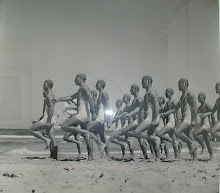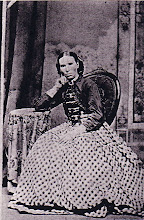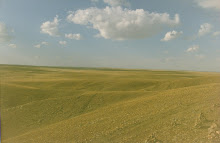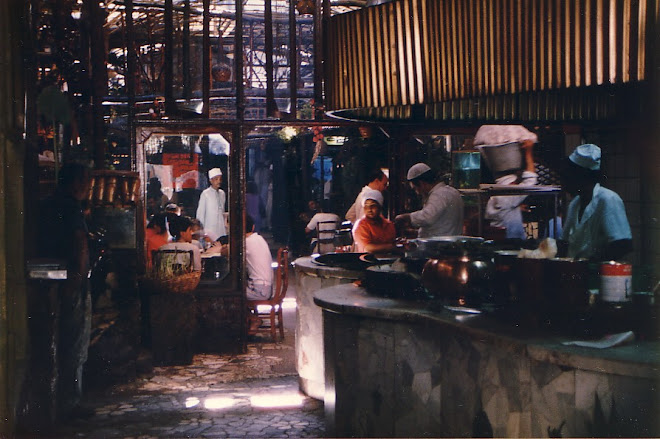A Human Voice Recording of 1860 Discovered - Edouard Léon Scott de Martinville (1817-79) and the Phonautograph
In 2006, a phonautogram was discovered! I'm totally dumb-struck!
It was made by the print-maker Edouard-Leon Scott de Martinville - a Frenchman who'd been interested in recording the human voice in a graphic form.
Any person to be recorded would speak into the trumpet of the Scott de Martinville's phonautograph ...

... such that the sounds of his/her voice would make a membrane at its other end vibrate, with this movement being translated visual form by a stiff brush bristle moving over paper blackened with candle smoke.

The discovery of the particular phonautogram lead to possibility with today's technology of converting the visual record back into audio form, with the following result from the Lawrence Berkeley National Laboratory in Berkley California ...
In case you missed it, the song being sung (yes, it was a song!) was 'Au clair de la lune' by Claude Debussy and the words here were ...
Au clair de la lune, Pierrot repondit ('By the light of the moon, Pierrot replied')
Not sure I don't prefer the version by 60's French pop diva France Gall (http://www.francegall.net) - a mix of Brigitte Bardot, Sandra Dee and Twiggy.
Do you have a preference!


























































![C18 Bronze Buddha [Southern China]](https://blogger.googleusercontent.com/img/b/R29vZ2xl/AVvXsEioLkgVKuhDoIHQgM1X6Oe2hGn75yqaj4OJXPmNpumXmQPKxB22S57YS5DVrl1P7zl7BS6EFpAtaNZPze7gzVCRiQI54bwdHhVa4fGr7NOChZwTZoo92gUen6tC5U8gWIy_pv92U0FB38M/s1600/Buddha+%255BBronze%252C+C18%252C+China%255D+1.jpg)




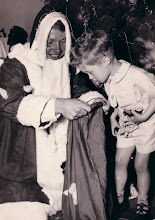







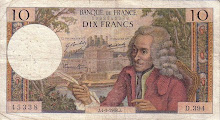
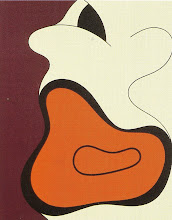+1998+Cropped.jpg)

